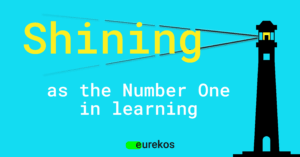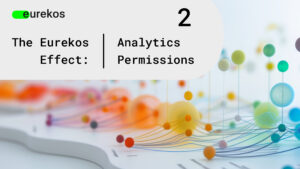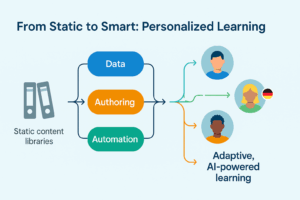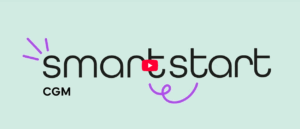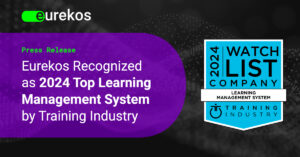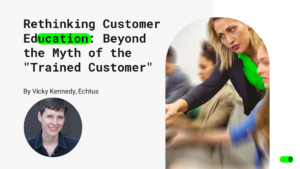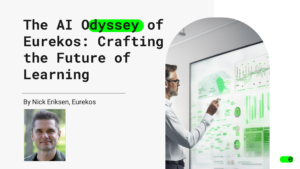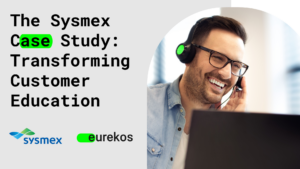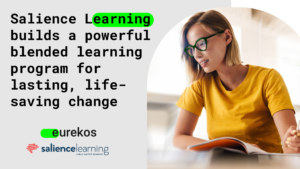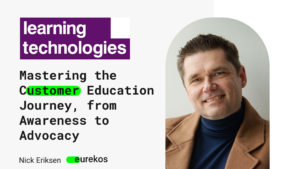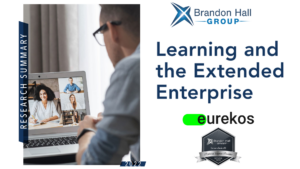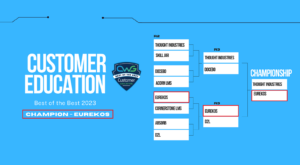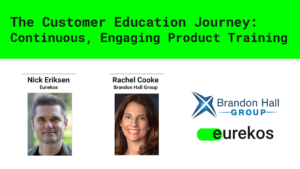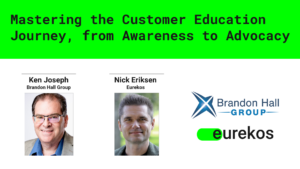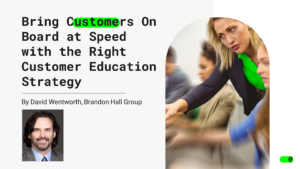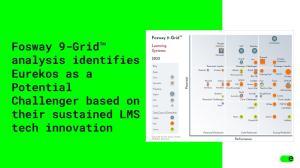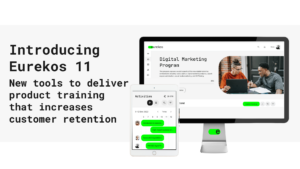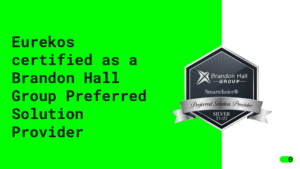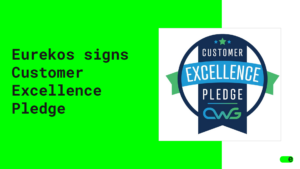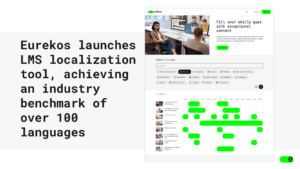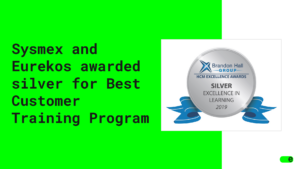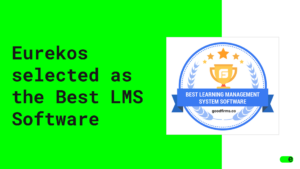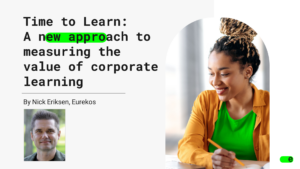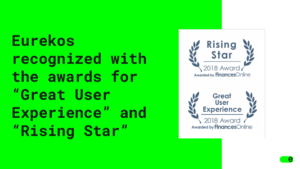By Ken Joseph, Brandon Hall Group
Editor’s Note: This blog was originally published in January 2023 on the Brandon Hall blog.
Mastering the Customer Education Journey
Brandon Hall’s latest HCM Outlook research reveals improving customer experience is the second highest corporate priority (rated 4.23 out of 5). It’s no surprise that companies seek to initiate relationships with their customers and then deepen that bond as much as possible to drive customer satisfaction and high retention. Many organizations help achieve this through delivering engaging and useful learning content to their customer base.
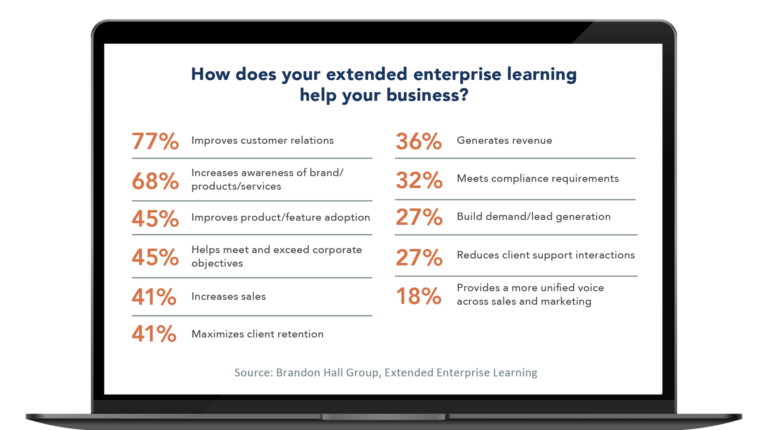
Our 2022 study on Extended Enterprise Learning found some of the top reasons organizations deploy customer learning is to improve customer relations, increase awareness of products and services, maximize customer retention, and increase sales. Effective customer training can be directly impactful in creating and maintaining a strong relationship with your customers and generating measurable bottom-line results.
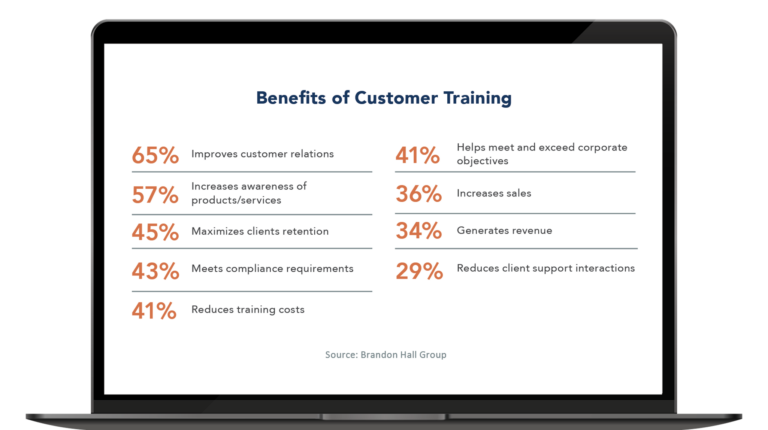
While it can be challenging to extend training to your customer base, 65% of organizations who do so, say customer training is either effective or highly effective. The benefits they report include improved customer relations (65%), increased awareness of company products/services (57%) and maximized customer retention (45%). Those types of results underscore why the effort, despite the challenges and added costs, can be well worth it.
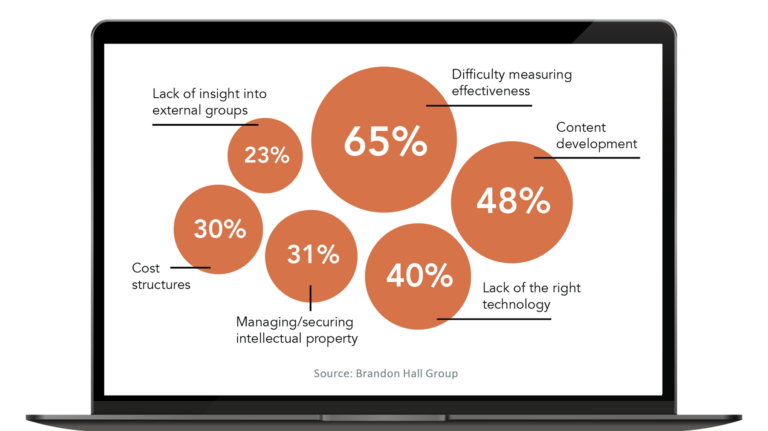
Like most types of learning programs, measuring learning effectiveness is a critical challenge. In the case of customer education where the learning audience is voluntary, it is unusual to rely on assessments to measure retention. Of much more use are core KPIs related to the products or services one is trying to evangelize. These vary widely based on the products and services offered but may include sales, repeat sales, customer satisfaction, net promoter scores, and reduction in service calls.
Learning content directed at customers also offers some unique challenges as compared to internally directed learning.
- Customers are not employees and aren’t beholden to corporate directives. They must be wooed and won over with content that is engaging, relevant, useful, and easily accessible. The experience needs to be enjoyable, from initial customer contact, through accessing and taking the content, on through assessing learning impact.
- Customers may access learning content on a wide variety of devices, including their smart phones.
- Developing content can be especially daunting. Even smaller companies may be faced with creating and distributing content for tens of thousands of customers across multiple countries and in multiple languages. Keeping up with localization and versioning can be close to impossible without the technical means to automate translation of digital content and video transcripts.
- Having the right technology is key to making customer training work both efficiently and cost-effectively.
To learn more, please view the recorded Brandon Hall Group 60-minute webinar, “Mastering the Customer Education Journey, from Awareness to Advocacy”, featuring Nick Eriksen, CTO of SmartChoice® Silver Preferred Provider, Eurekos. The webinar covers research on extended enterprise learning and customer training, and provides a detailed breakdown of the most successful way to approach the customer training journey, from Pre-Sales to Onboarding to Ongoing Retention. The session also covers how to assess customer learning using meaningful measures of business impact and reviews some of the technical considerations important in driving the success of your customer education program.


